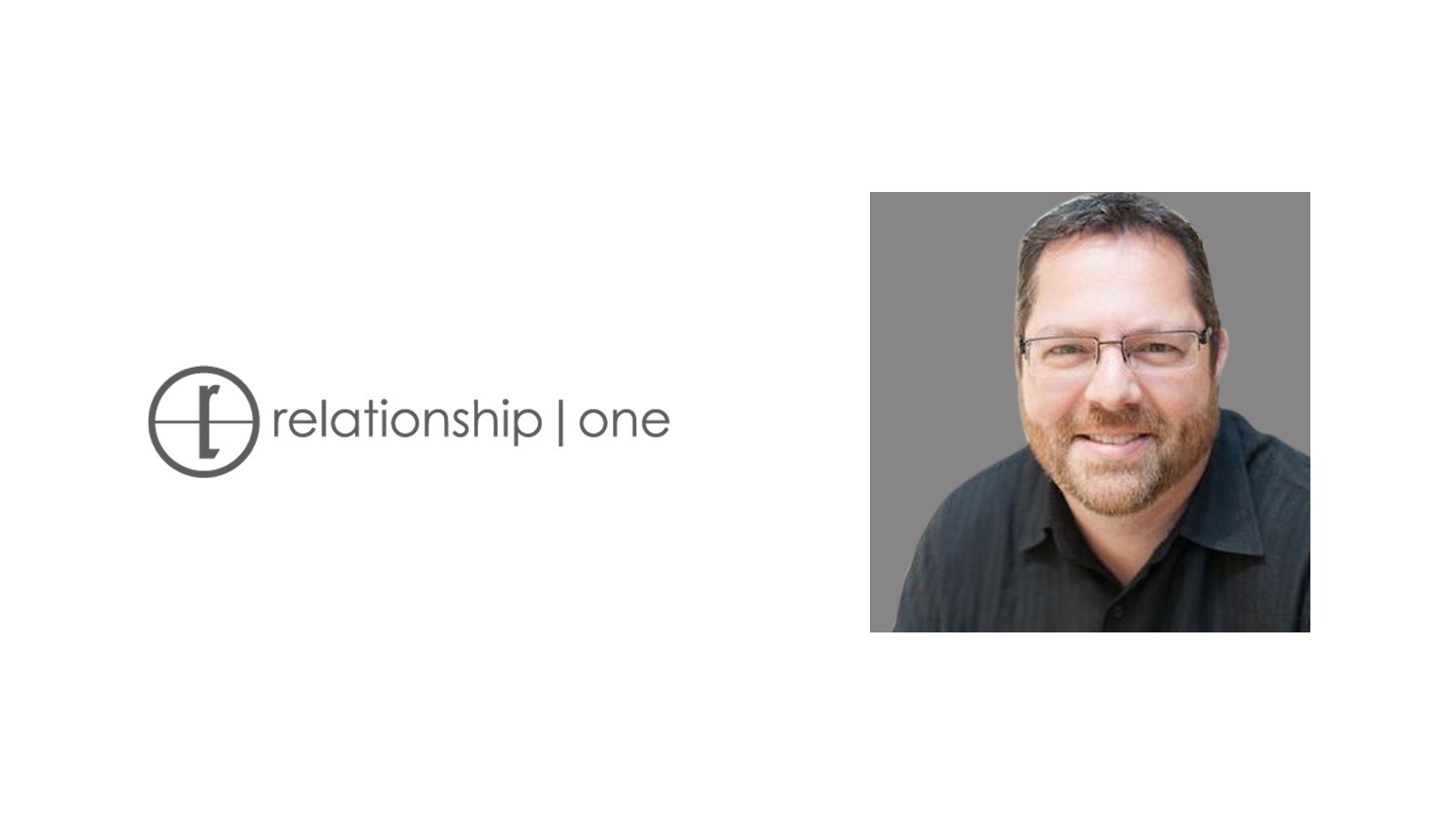Despite accounting for an impressive two-thirds of US digital ad spend in 2016, the path of programmatic has by no means run smooth. While it is true that programmatic has proven its worth as a cost-effective, far-reaching method of advertising, recent industry developments – such as the revelation that major brands have unknowingly funded terrorism by allowing ads to appear alongside extremist content – have brought long-harbored concerns around brand safety swiftly to the fore.
The explosive investigation by British newspaper The Times highlighted several examples of ads appearing in politically or morally misaligned environments on Google-owned social media platform, YouTube. Given that a single misplaced impression can tarnish a brand reputation in an instant, it is little wonder brands and their agencies are now calling upon publishers and ad tech providers for addressing these concerns.
Brand Safety in the Aftermath of Ad Misalignment
In the short term, several major brands have opted to boycott Google-owned platforms, while agencies such as AT&T and Johnson & Johnson have also confirmed the withdrawal of their ads until the tech giant takes adequate measures to prevent the situation re-occurring.
However, despite repeated apologies from Google and the company’s potential loss of ad revenue (predicted to total $750m in 2017), the platform’s global reach, coupled with the hold that programmatic has over the digital ad landscape, means there will always be an abundant supply of demand partners ready to secure inventory. Therefore, as an industry, we need to work towards a longer-term solution to ensure brand safety is upheld.
On the positive side, Google has already considered the impact of misaligned content on the wider industry. It recently announced partnerships with media measurement and analytics firms Integral Ad Science and ComScore, to provide a brand-safe ecosystem across the social platform, YouTube, which will ultimately give brands “more control over where their ads appear.”
Programmatic Progress
Many brands are pointing the finger at programmatic, but is it correct to lay the blame entirely on a method of ad trading that is so efficient in other ways?
The concept of ads appearing next to contextually inappropriate content is not new – for example, an ad for a processed food product being served next to an article about the health benefits of organic foods.
Or a rail operator promotion appearing alongside news coverage of a train crash. The problem now is that brands do not always feel in control when their ads are traded programmatically.
Therefore, it’s time we fixed the problems with programmatic to restore transparency and accountability across the board.
Safety through Server-Side Solutions
One of the perceived pitfalls of programmatic is that header bidding – a process designed to speed up the bidding process to help advertisers secure inventory more effectively – is actually leaving brands susceptible to inferior ad placements when the technology is implemented client-side.
In contrast, server-side integration of header bidding technology allows for far more transparency as a broader pool of demand partners can be added, providing both publishers and marketers with increased visibility into the entire bidding process.
Therefore, for marketers who already rely on header bidding as a means to secure inventory, implementing server-side tech integration is one way to ensure brand safety.
Collaboration is Key
While publishers and ad tech developers work hard to iron out brand safety issues, brands and media agencies also need to work together to ensure both parties are satisfied with proposed campaign strategies. It’s important for marketers to remember that agencies – although there to help advise and recommend – are ultimately bound by the instructions of the brands who are funding campaigns in the first place.
Therefore, marketers need to take responsibility for deciding what constitutes misaligned content before campaigns are executed, and provide clear briefs for media partners based on their individual content preferences. For example, a gambling business may not object to its ads being placed next to sexually explicit material – who knows, it may even help their campaigns – whereas most household brands would shudder at the thought of being associated with the unsavory content.
As marketers become more familiar with the finer details of programmatic, they should be confident in questioning their agencies on the processes involved.
By focusing on quality (optimum ad placements) rather than quantity (views and click-throughs), marketers can at last embrace programmatic as a means of reaching their most relevance audiences within a brand-safe environment.
Despite its seriousness, the repercussions of the Times investigation are ultimately paving the way towards a safer, more transparent online advertising ecosystem. With brands, media agencies, ad tech developers, publishers and ad networks – and even Google – reviewing their brand safety policies, the future of brand safety looks bright.












Comments are closed.